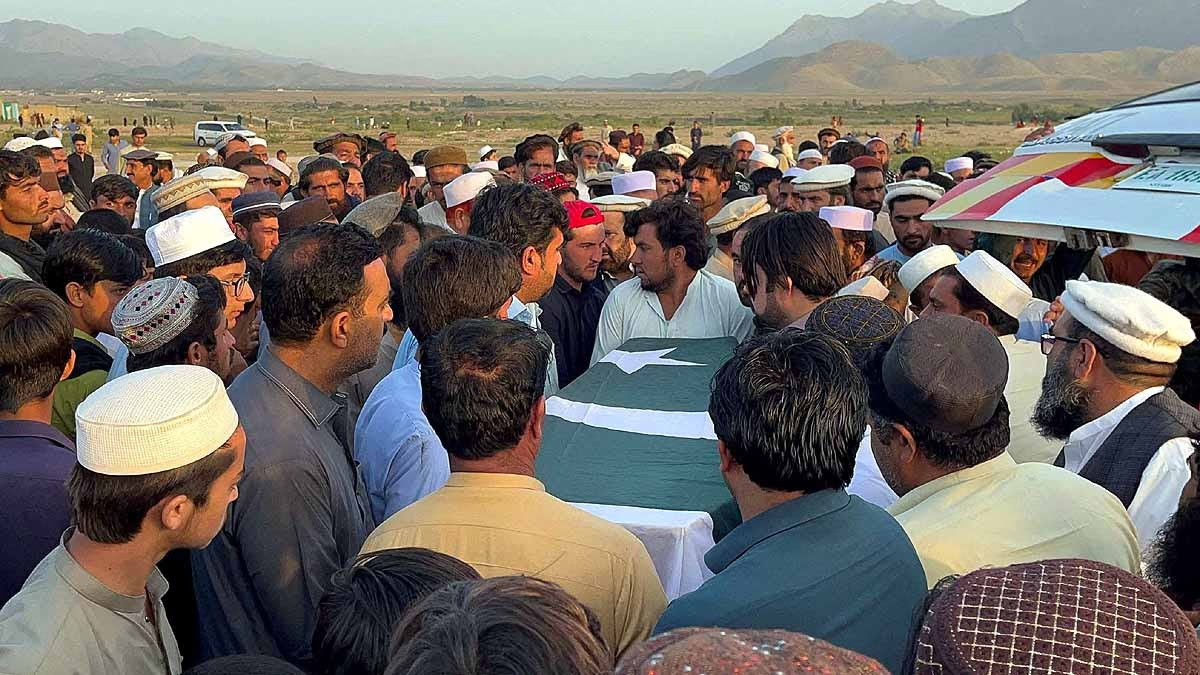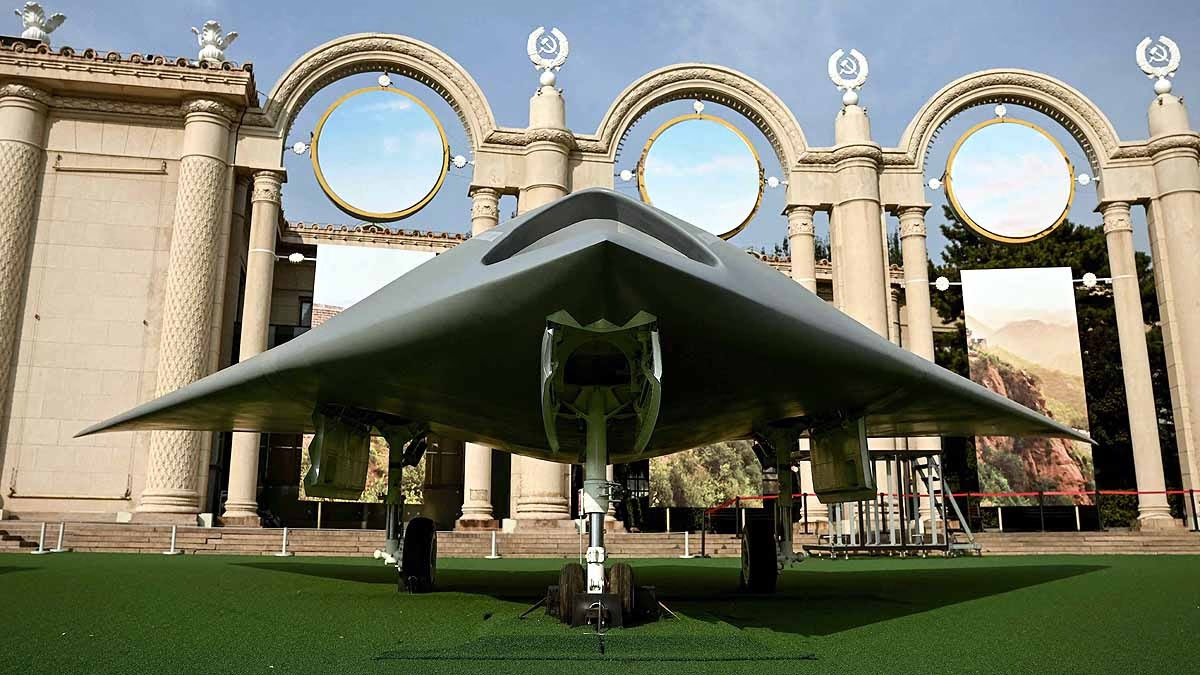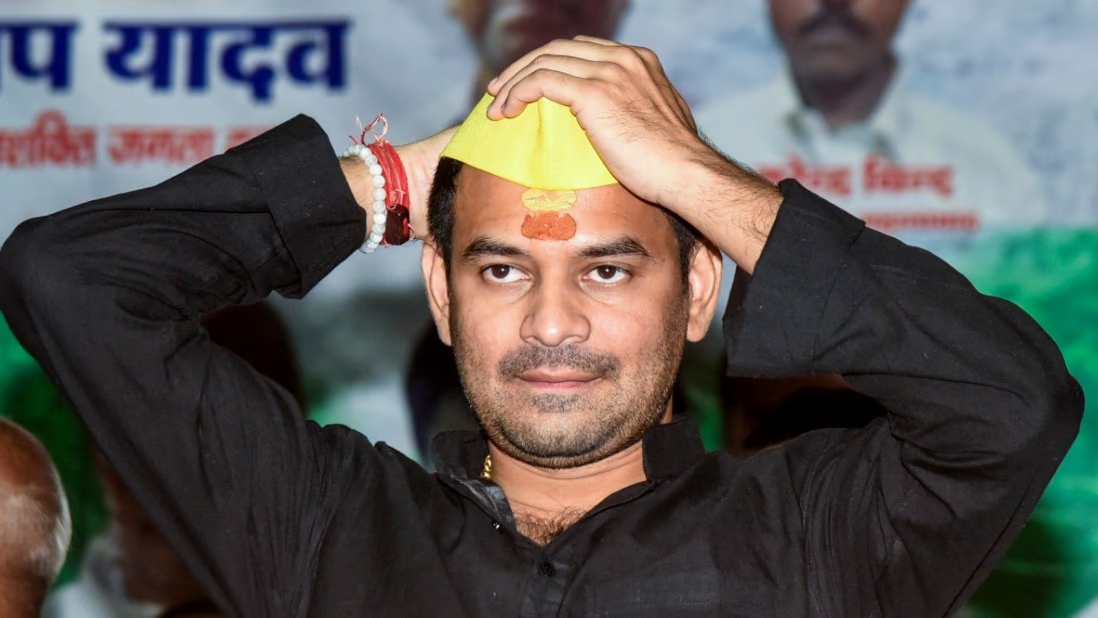On October 12, a formidable battle unfolded at the Pakistan-Afghanistan border, lasting approximately seven hours with intense gunfire from both sides. The sky reverberated with the roar of cannons, and air assaults were launched. A soldier named Aslam Jadran from Pakistan fell during the conflict, laid to rest in Kurram district, wrapped in the Pakistani flag. Subsequently, Pakistan acknowledged the loss of 25 soldiers. Meanwhile, the Taliban claims to have killed 52 Pakistani soldiers, though Pakistan asserts it has eliminated 200 Taliban fighters.
The conflict began when Pakistan launched a drone attack on 27 terrorists concealed within its territory, sparking discontent with the Afghan Taliban. Perceiving the action as a threat, the Taliban attacked a Pakistani post in the Gavi area at around 9 p.m., part of Kurram district in the Khyber Pakhtunkhwa province.
Fierce fighting soon spread across the border. From Afghanistan's Kunar, Nangarhar, and Nuristan provinces, Afghan forces opened fire on Pakistani posts, with mortar shells raining down in Tirah Valley.
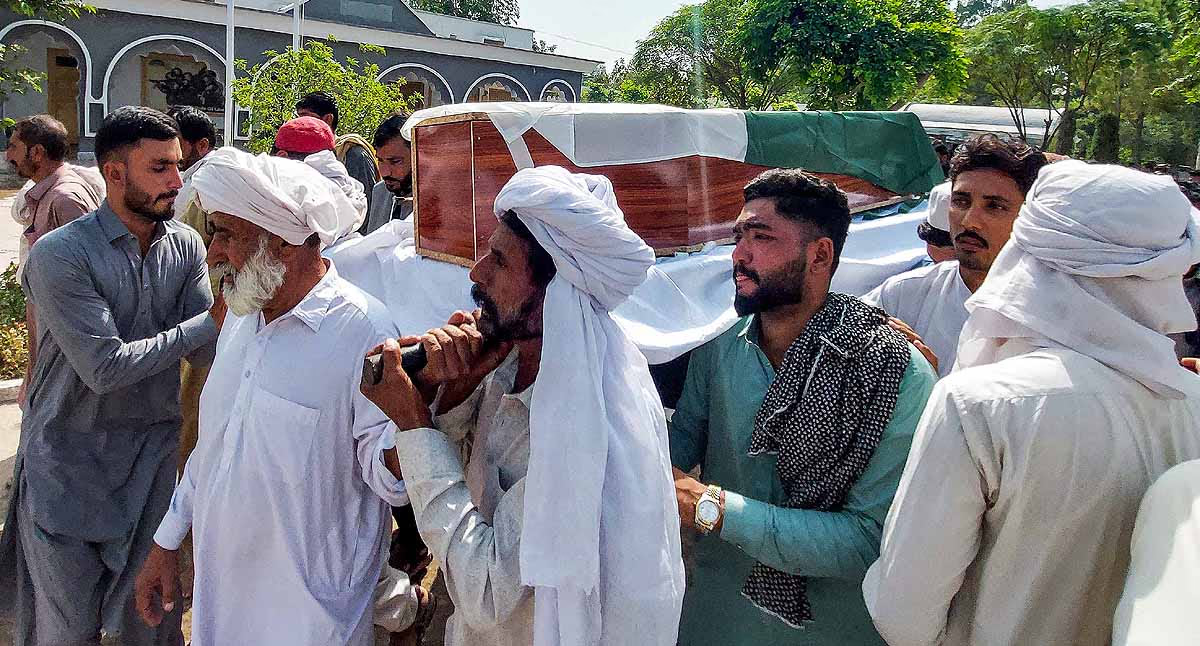
Source: aajtak
Pakistan did not remain silent. Before midnight, intense battles erupted from both sides. The Pakistani military attacked Afghan posts with artillery and jets. The Pakistan Air Force (PAF) launched bombs across several Afghan locations. Sources indicate that PAF targeted hostile positions in Helmand, Kandahar, Khost, Paktia, and Paktika provinces.
Explosions resonated deep within Afghanistan.
Strongholds such as Ajiz, Rawat, and Naka were destroyed.
The headquarters of Afghanistan's 2nd Kandak (a military unit) was obliterated.
By midnight, 11 Afghan outposts were destroyed, with 27 enemy locations decimated.
The PAF jets claimed precision strikes on Taliban border posts and terrorist havens, rejecting Afghanistan's plea for a ceasefire during the assault.
Between 2 a.m. and 4 a.m., Pakistani artillery and PAF bombs rained on Afghan positions, resulting in obliteration across notable places, such as...
Barbacha
Ali Dost
Malgai Koh
Turkmanjai Top
Kharachar Fort
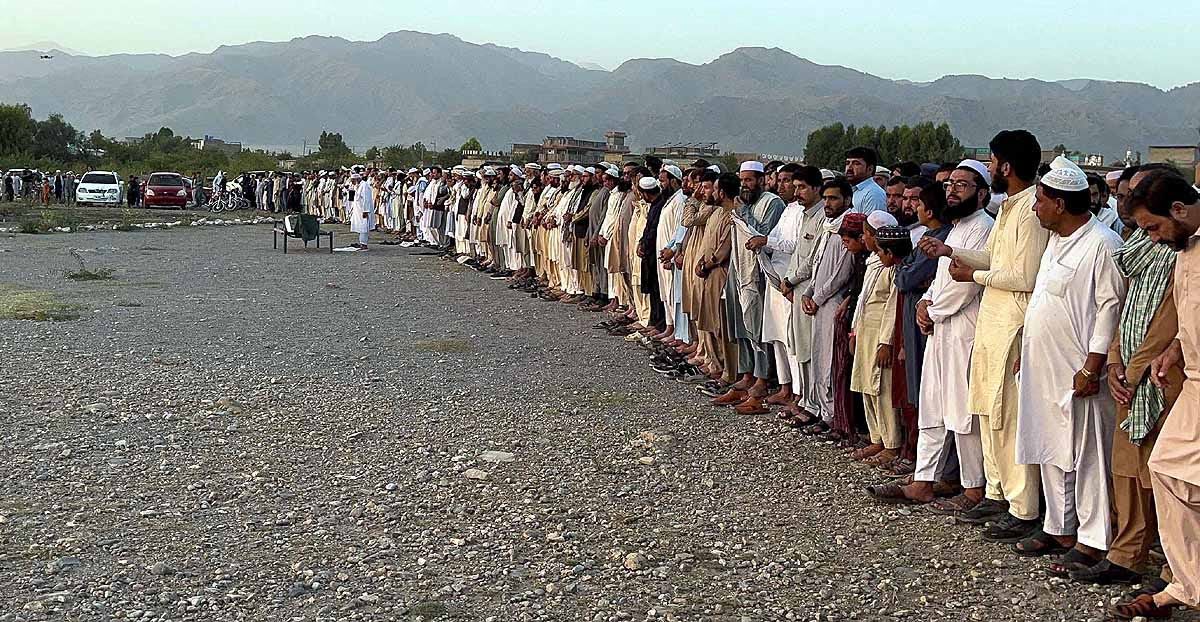
Source: aajtak
The battle wasn't confined to a single line. Distinct skirmishes erupted in various areas...
Lower Dir: Afghan forces attacked at the Shahibinshahi border, but were driven back by Pakistani forces.
South Waziristan: Several villages near the border were targeted by Afghan gunfire. Pakistan retaliated, inflicting damages and taking control of an Afghan post.
Angoor Adda (South Waziristan): Post-midnight, Taliban attempted infiltration from Sraa Qwand, thwarted by Pakistani forces.
Other locations: Fighting spread along the border from Chitral's Arandu to South Waziristan's Angoor Adda.
In the chaos, several border crossings were promptly closed...
Angoor Adda: This border, recently reopened after two years, was closed again, stranding dozens of trucks on both sides and halting trade operations.
Torkham (Khyber): Although closed, relative peace prevailed, causing locals from Baicha Mainna area to flee to Landi Kotal.
Ghulam Khan (North Waziristan): Shut down following the gunfire.
Khar Lachi (Kurram): Emergency declared, all hospitals on alert. Local tribal fighters moved to support security forces on the frontlines; artillery duelled near Khar Lachi and Manujaba Fort.
By around 4 a.m., gunfire subsided. On Pakistan's side, everything is under control, but tensions remain. PAF jets and artillery are on high alert, and cross-border fire from Afghanistan has ceased, though surveillance continues.
The 2,640-kilometer border between Pakistan and Afghanistan, known as the Durand Line, remains tense. Drawn during the British era, it's not recognized by Afghanistan. With the Taliban in power, incidents of cross-border terrorism have escalated.
Pakistan routinely uses drones to target terrorists, which aggravates Afghanistan. This confrontation seems to be a consequence. Afghan losses are reportedly higher, stirring fear among people in both countries.
